Quantum Gravity
The Future of Spacetime Control
Quantum gravity is the enigmatic bridge between the majestic order of general relativity and the fascinating yet chaotic laws of quantum mechanics. Imagine scientists uncovering a formula that explains the behavior of gravitational forces at the smallest scales. This breakthrough could not only help us understand the universe at the atomic and subatomic levels but also pave the way for technologies that manipulate space and time, allowing us to harness energy and matter in ways we can scarcely imagine today.
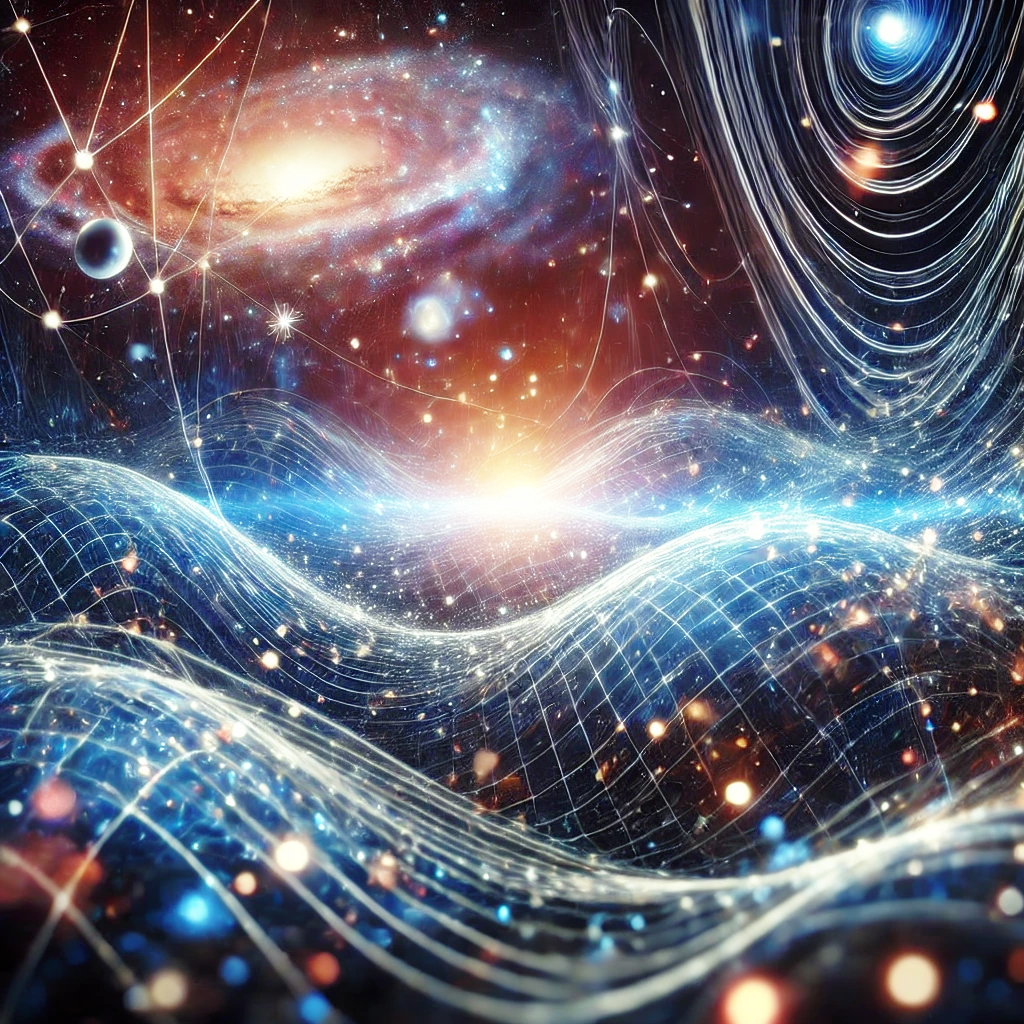
For centuries, scientists have sought to unify the two fundamental pillars of physics—General Relativity and Quantum Mechanics. The solution to this enigma may lie in Quantum Gravity, a revolutionary theory that could redefine our understanding of space, time, and gravity. While practical applications are still in their infancy, fascinating theoretical possibilities are emerging that may one day become reality.
The Nature of Quantum Gravity
Quantum Gravity no longer describes gravity as a continuous curvature of spacetime but rather as a quantized phenomenon. Space and time may consist of the smallest discrete units—quanta of spacetime—that interact on a subatomic level. These new concepts could fundamentally change our perception of the universe.
Quantum Spacetime and the Structure of Reality
A central concept of Quantum Gravity is the idea that spacetime, on the smallest scale, consists of a kind of quantized fabric. This structure could be dynamic and influenced by quantum fluctuations. This may explain why gravity appears so weak compared to other fundamental forces and why the universe behaves on a macroscopic scale as if spacetime were a continuous surface.
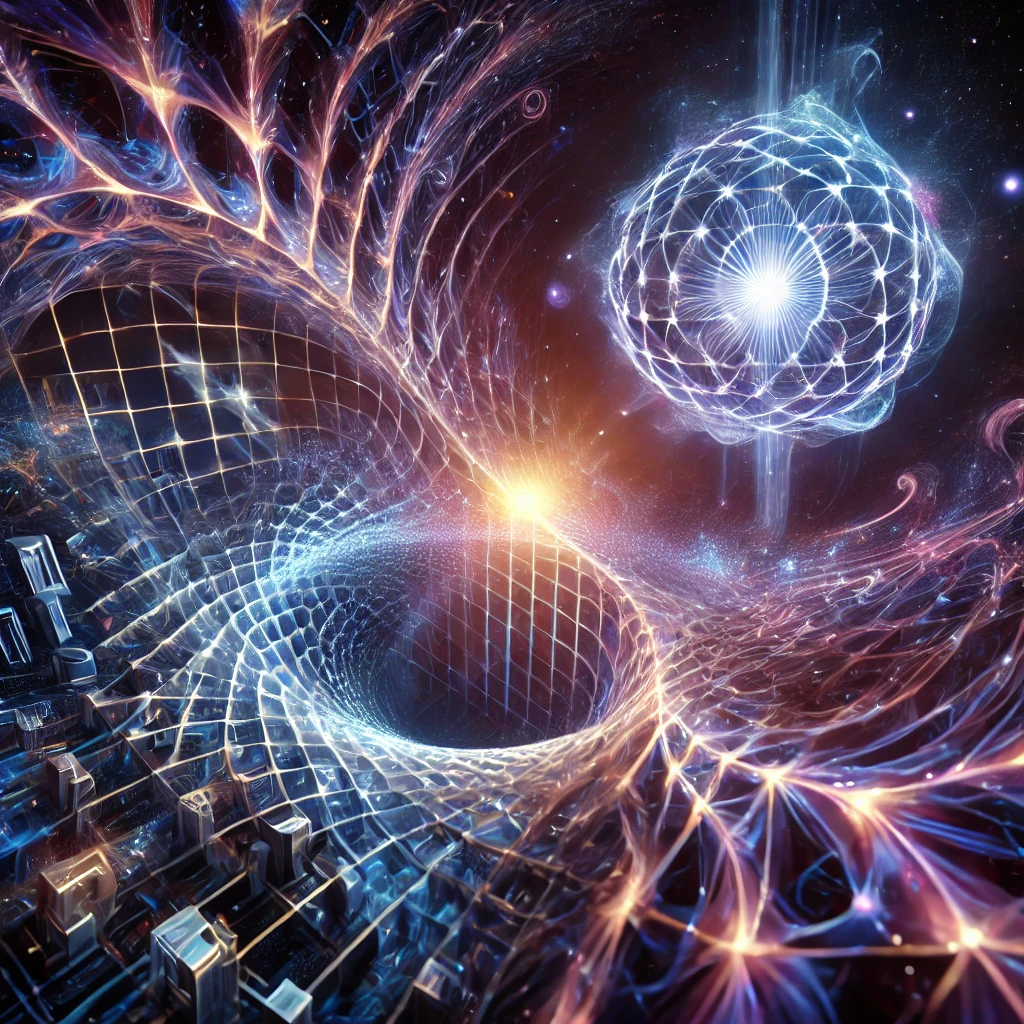
The potential of Quantum Gravity
Control Over Spacetime Structure
If spacetime truly possesses a quantized structure, future technologies may be able to manipulate it deliberately. This could open possibilities for generating or neutralizing gravitational fields at will—a development that could lead to revolutionary transportation and energy systems.

Quantum Wormhole Travel
Theories of Quantum Gravity suggest that stable wormholes could be possible under certain conditions. Advances in quantum field control could make the construction of usable wormhole passages feasible, making real-time interstellar travel conceivable. If ways to stabilize wormholes can be found, they could serve as cosmic shortcuts, reducing light-years of travel to mere seconds.
Antigravity and Levitation Technologies
Precise control over the quantum structure of gravity could lead to the creation of artificial gravitational fields. This could result in levitation-based propulsion systems that revolutionize transportation or entire cities and structures controlled by gravitational forces. Spacecraft could move without chemical propellants, utilizing local gravitational fields or repelling themselves from massive objects.
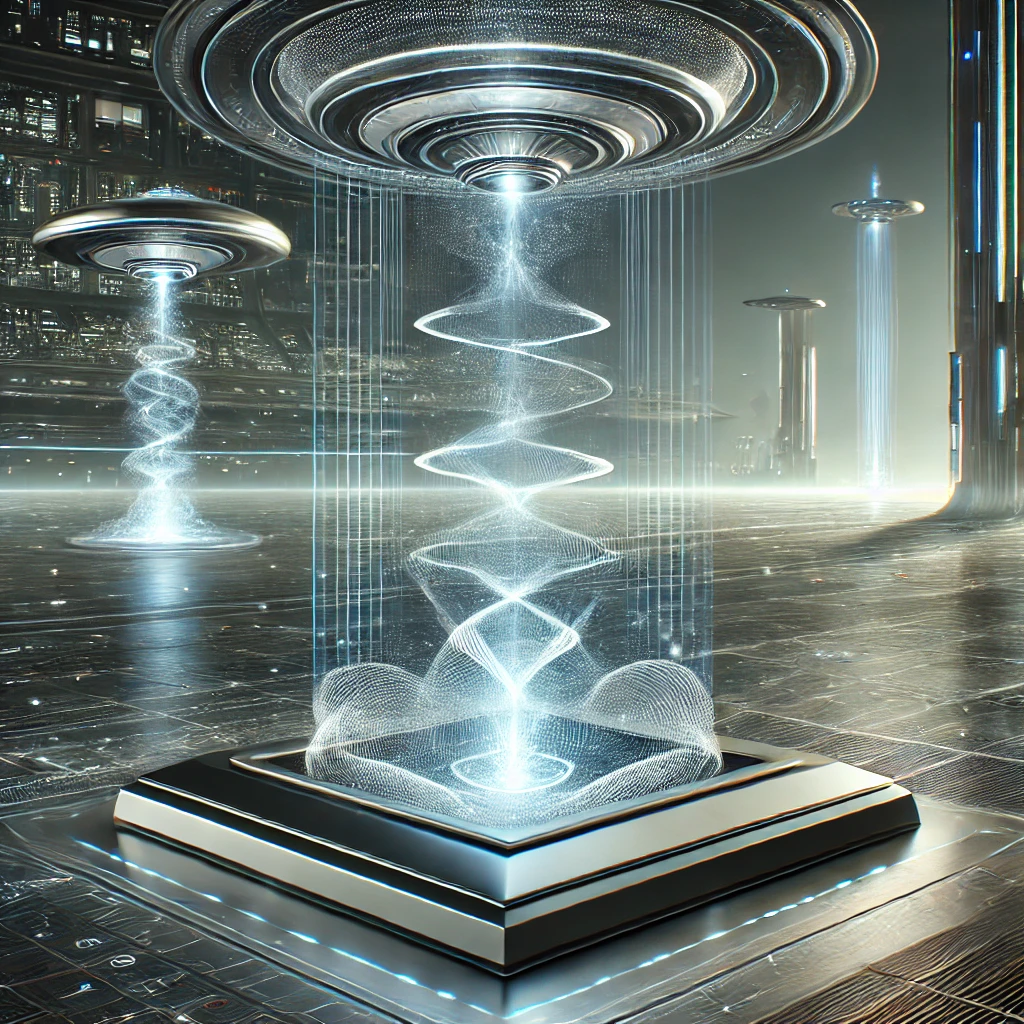
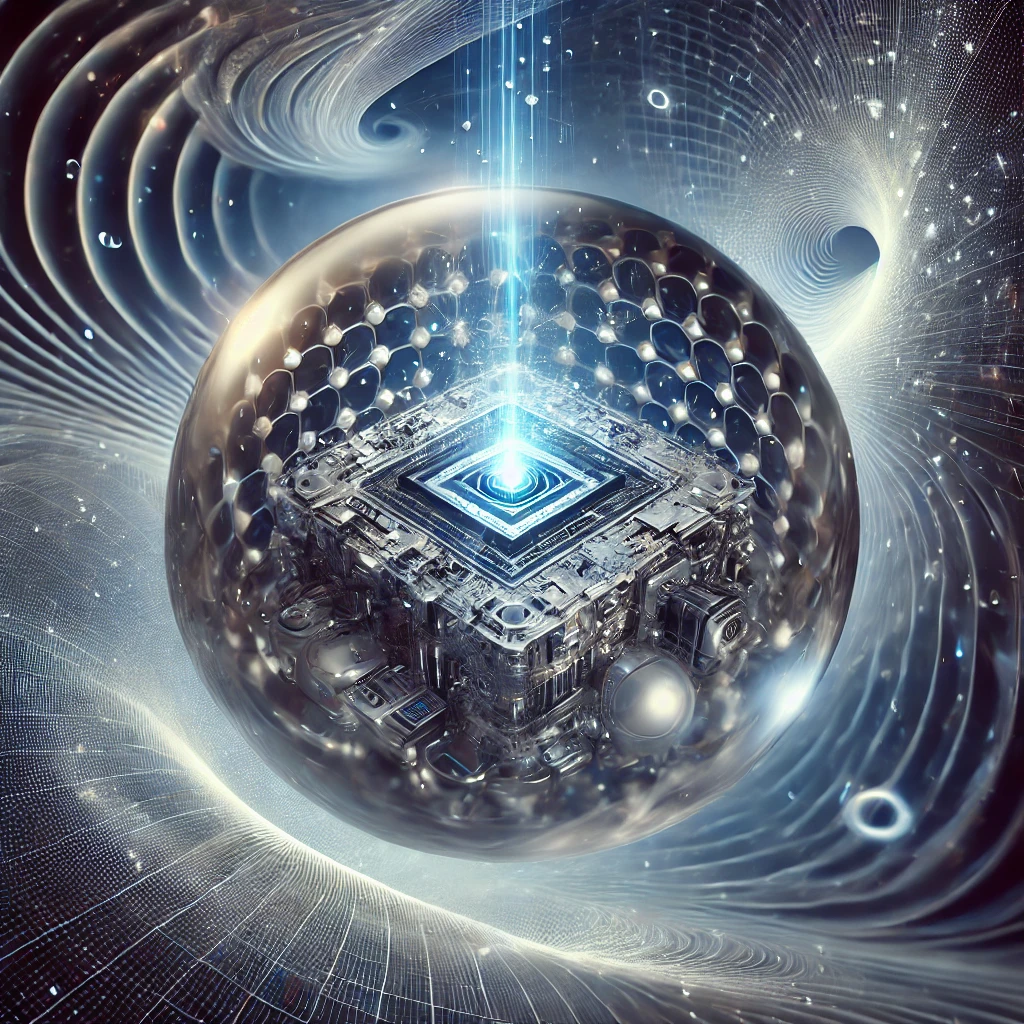
Quantum Gravity Computers
While quantum computers are already transforming classical computing, the use of gravity particles as information carriers could lead to even more powerful computing technologies. Such computers could solve problems that are currently considered unsolvable, such as complex simulation models for the entire universe or real-time predictions of gravity-related phenomena like black holes and cosmic inflation.
Energy Extraction from Gravitational Fluctuations
The quantum fluctuations of spacetime could provide an inexhaustible energy source. Future technologies might be able to tap into these fluctuations and use them as a sustainable power source for interplanetary or even intergalactic civilizations. This could be the key to energy supply for space colonies that cannot rely on traditional resources.
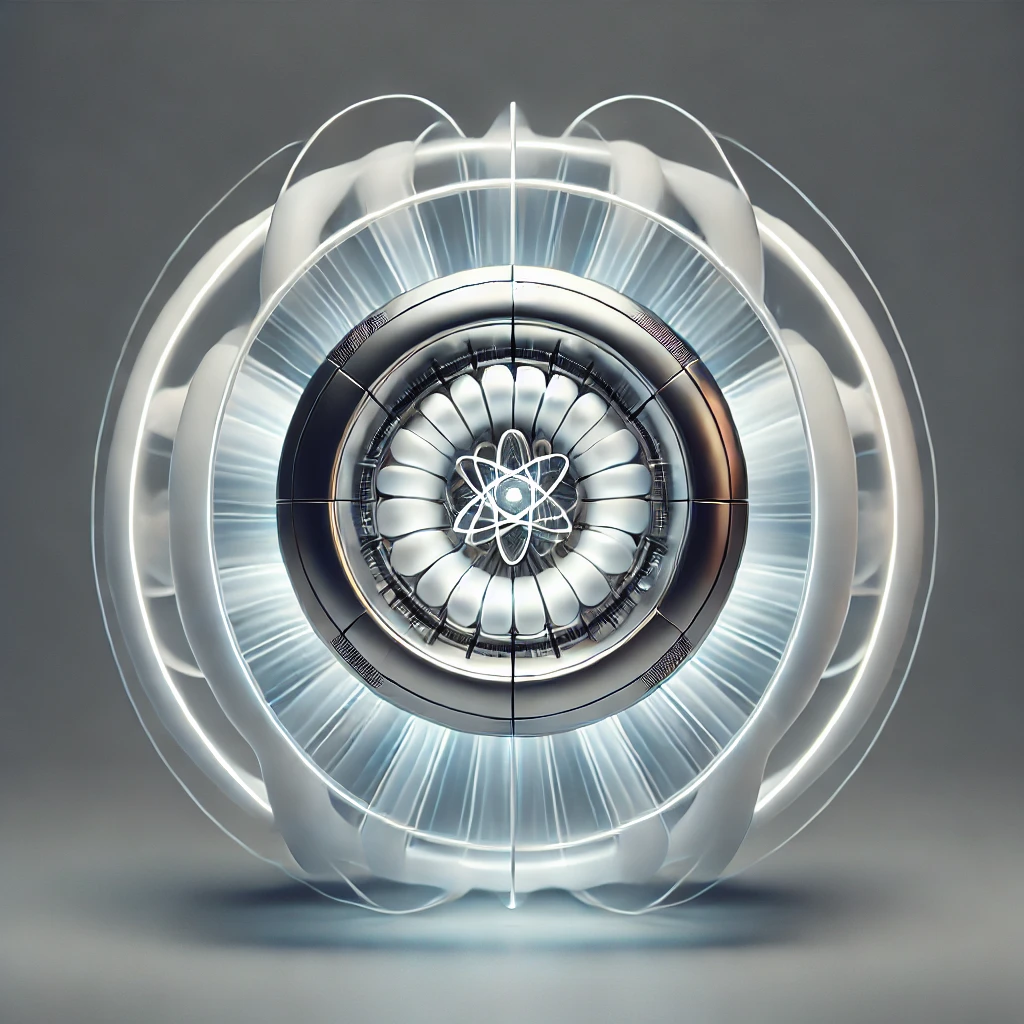
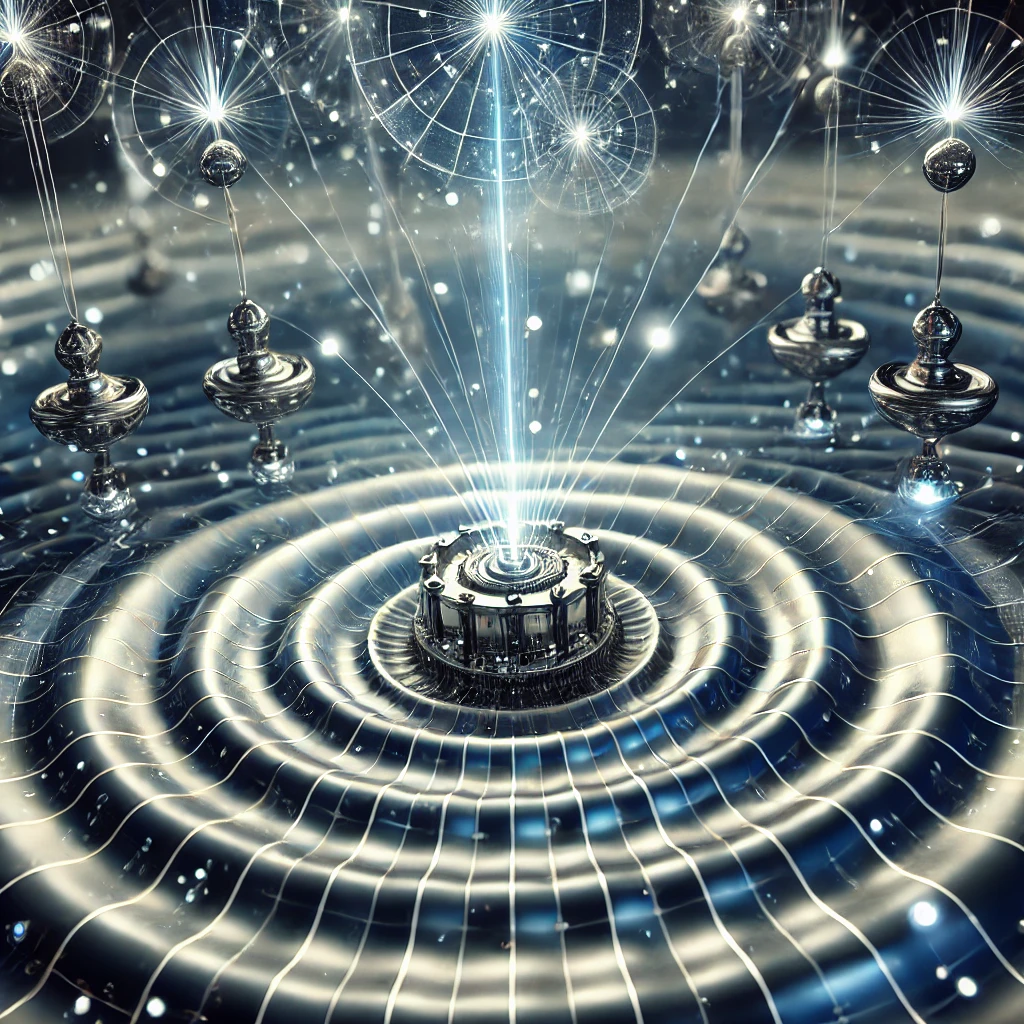
Gravity-Based Communication
If gravitons or other quantized gravitational phenomena could be used as information carriers, this could lead to the development of a new communication network independent of electromagnetic waves. Such systems would be immune to interference from cosmic radiation and could transmit data over vast distances with near-zero latency.
Gravitational Medicine and Biotechnology
The interaction between gravity and biological systems remains largely unexplored. If the quantum structure of gravity could be influenced, targeted gravitational fields could be used to control cell growth, accelerate healing processes, or even treat diseases affected by gravitational conditions.
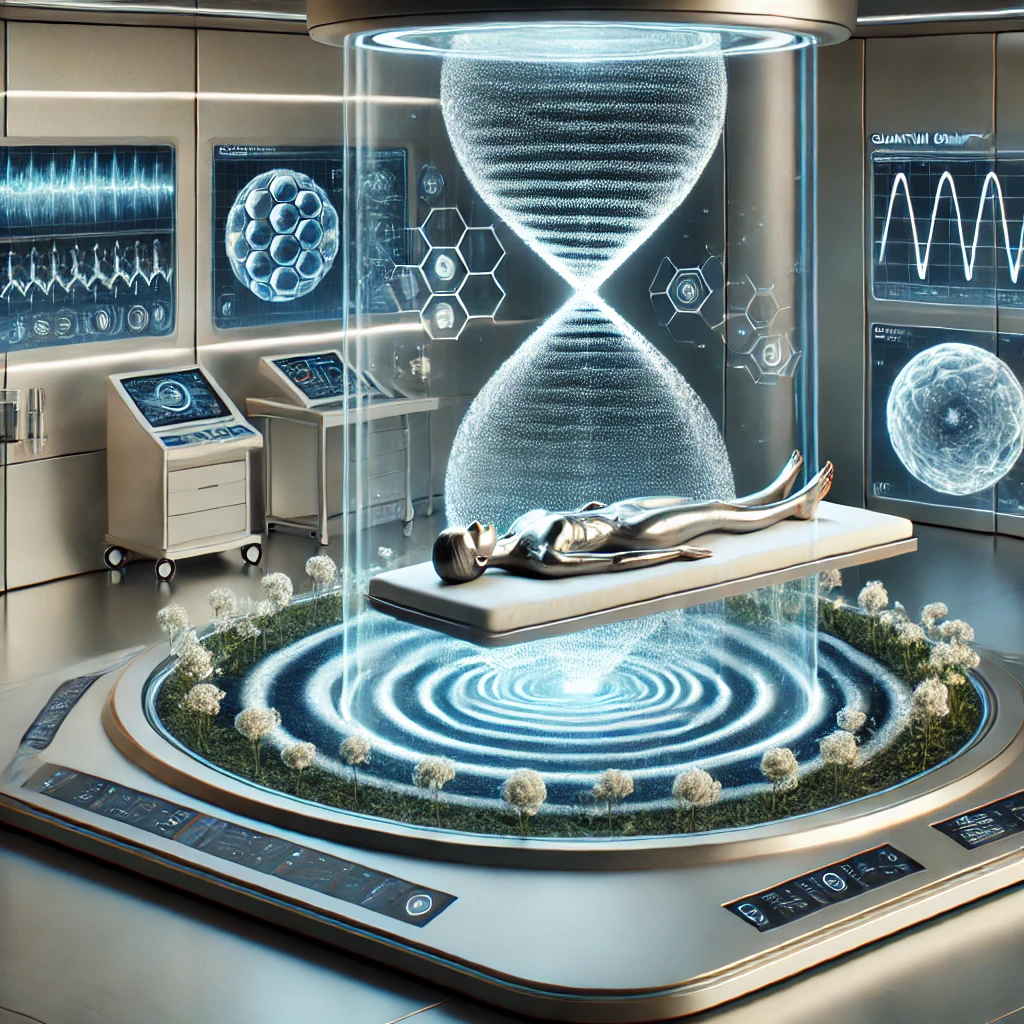
The Path to the Future
While Quantum Gravity remains a theoretical construct today, physicists worldwide are working to experimentally validate its principles. Advances in particle physics, such as those at the Large Hadron Collider or future gravitational wave observatories, could provide crucial evidence of the quantum nature of gravity.
New technologies could enable experimental approaches to interact with gravitational quanta in the coming decades. Once we succeed in understanding and controlling gravity at the quantum level, it could unlock an entirely new era of science and technology.
The future begins with our imagination.